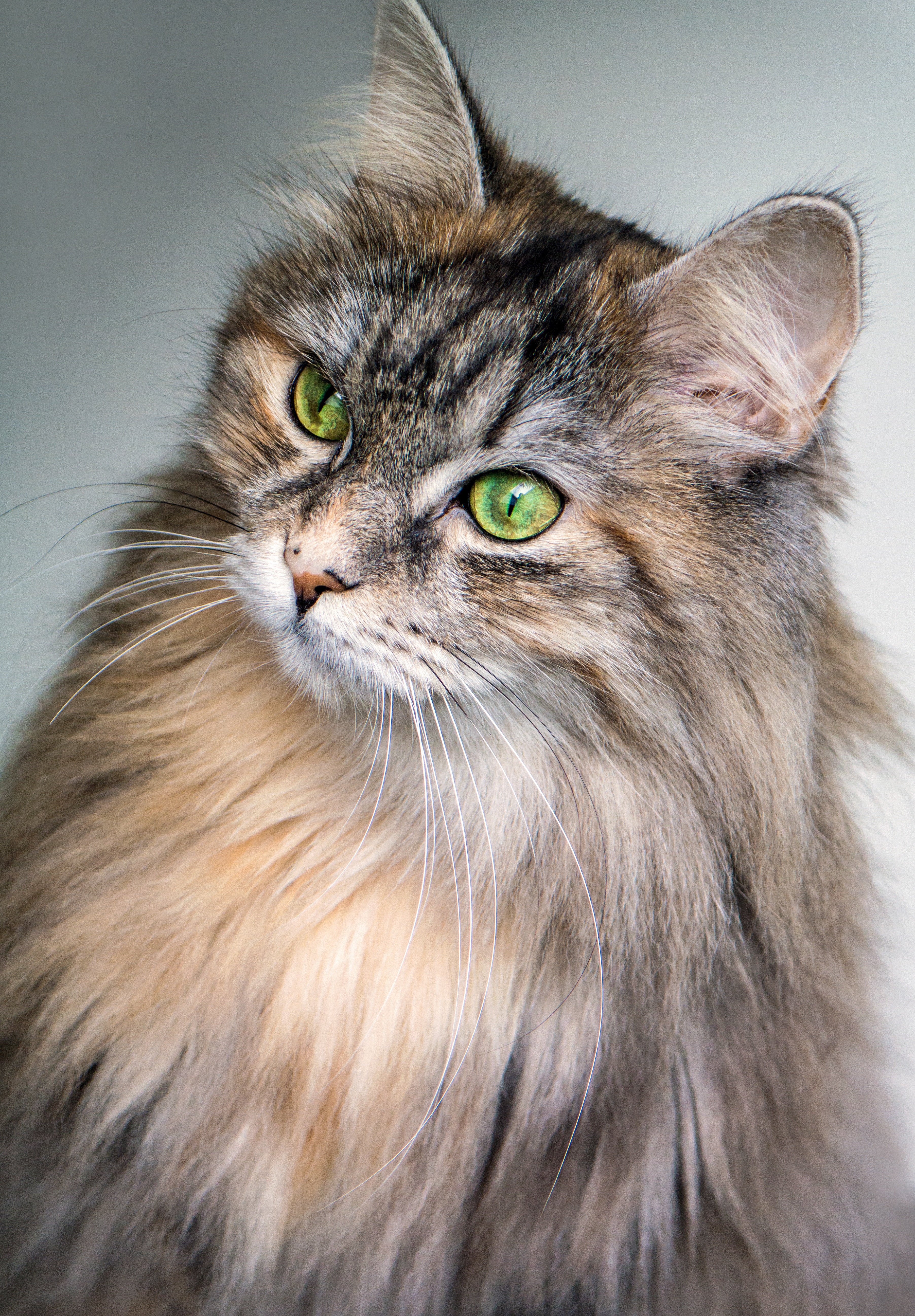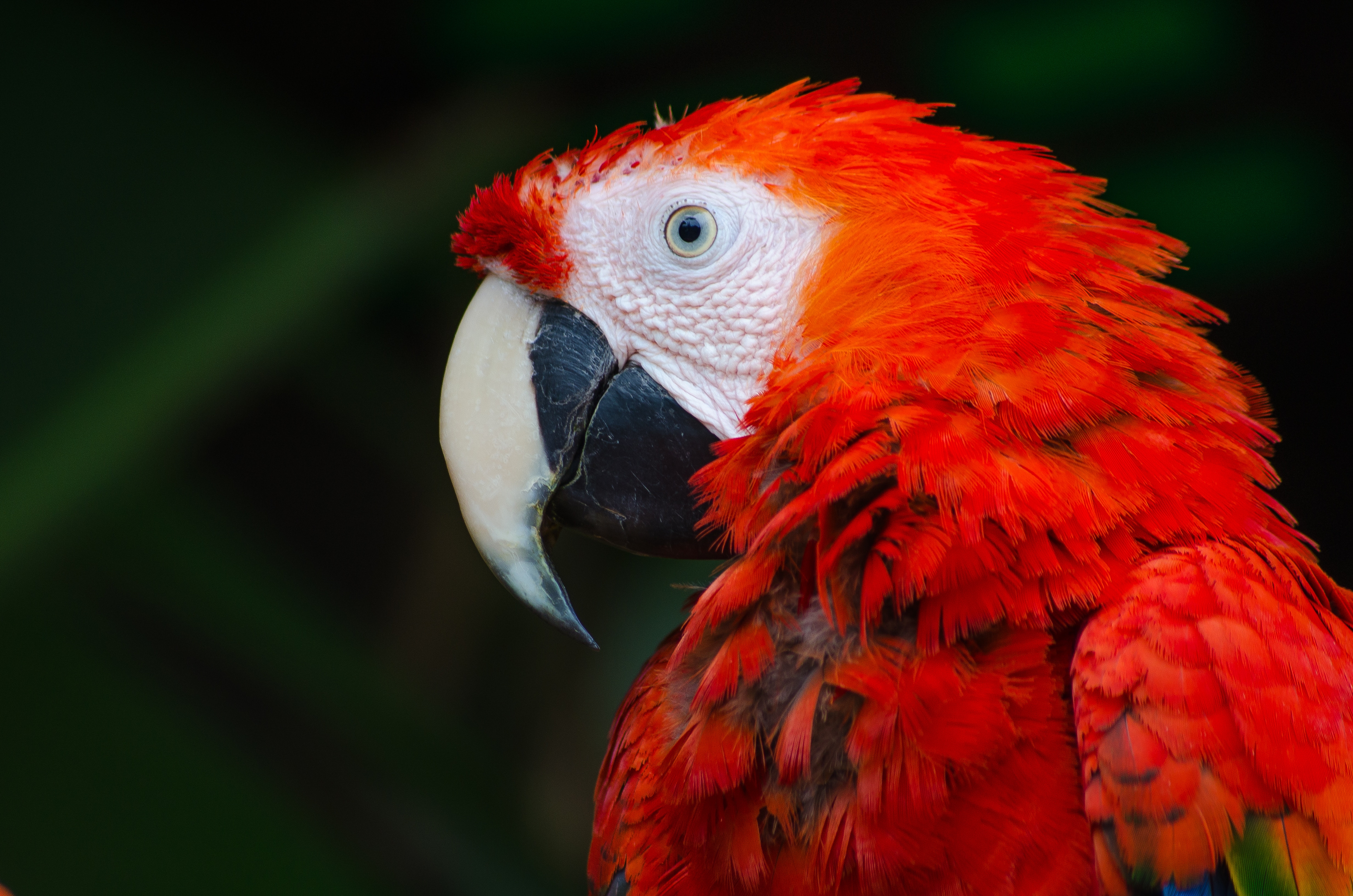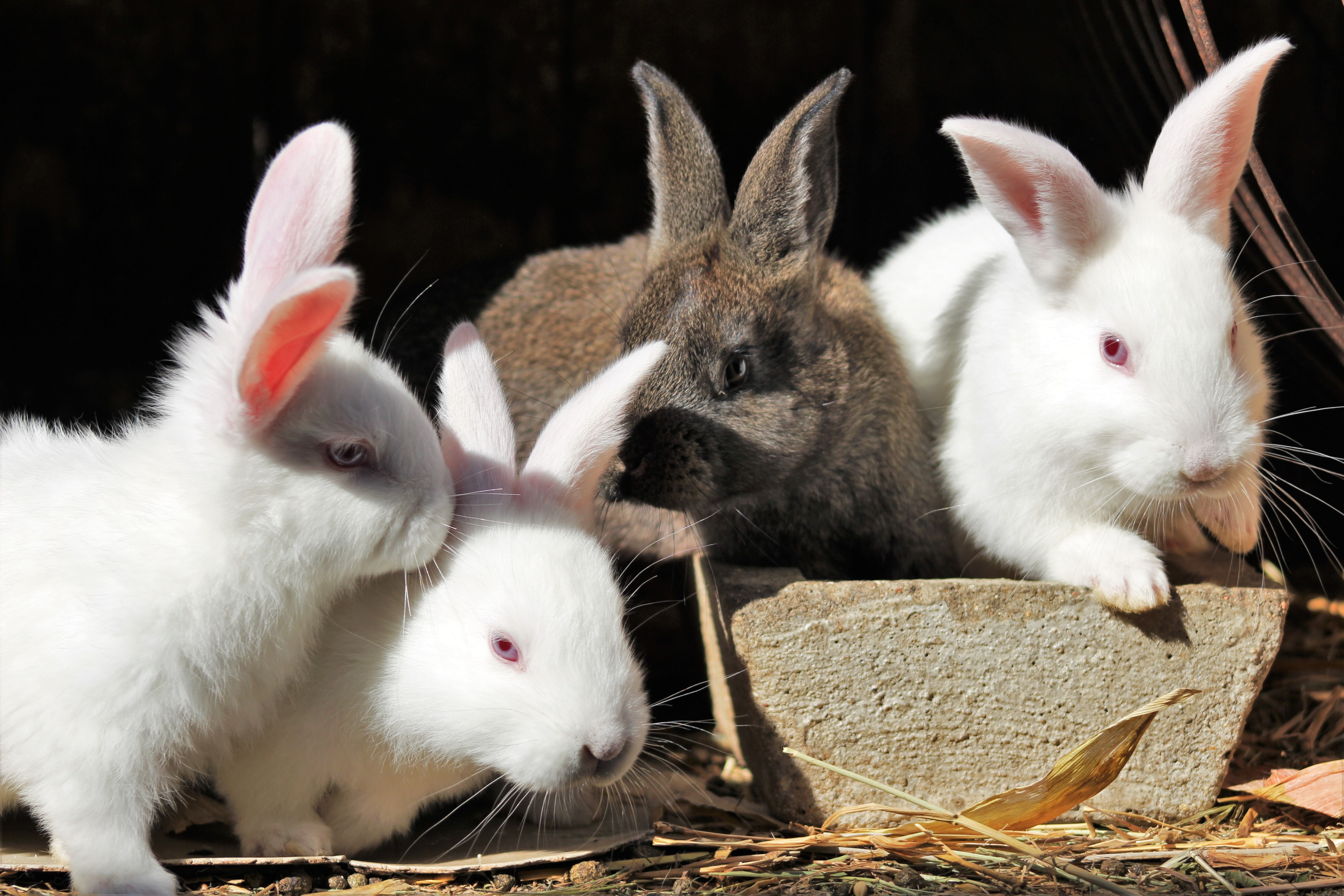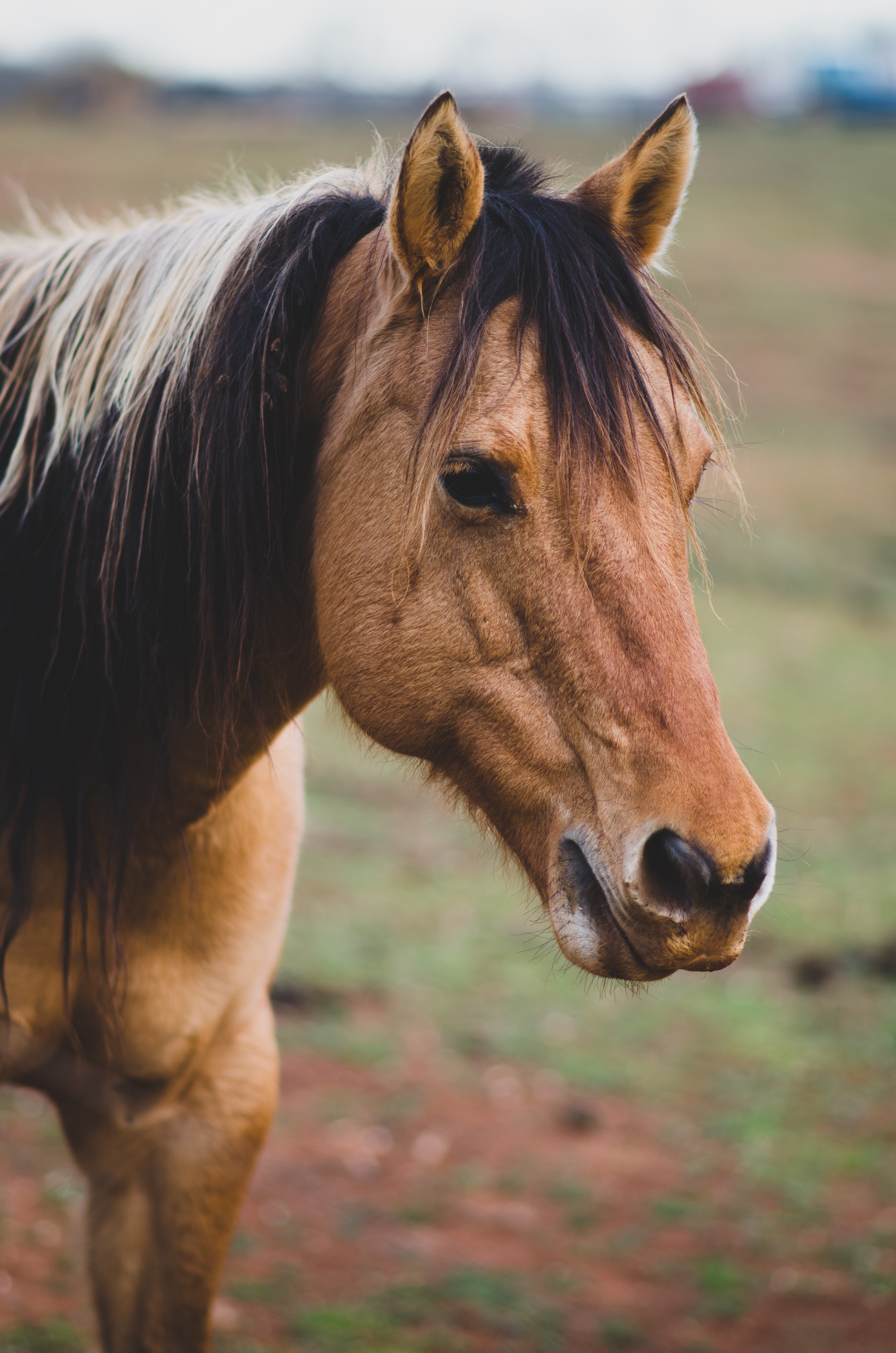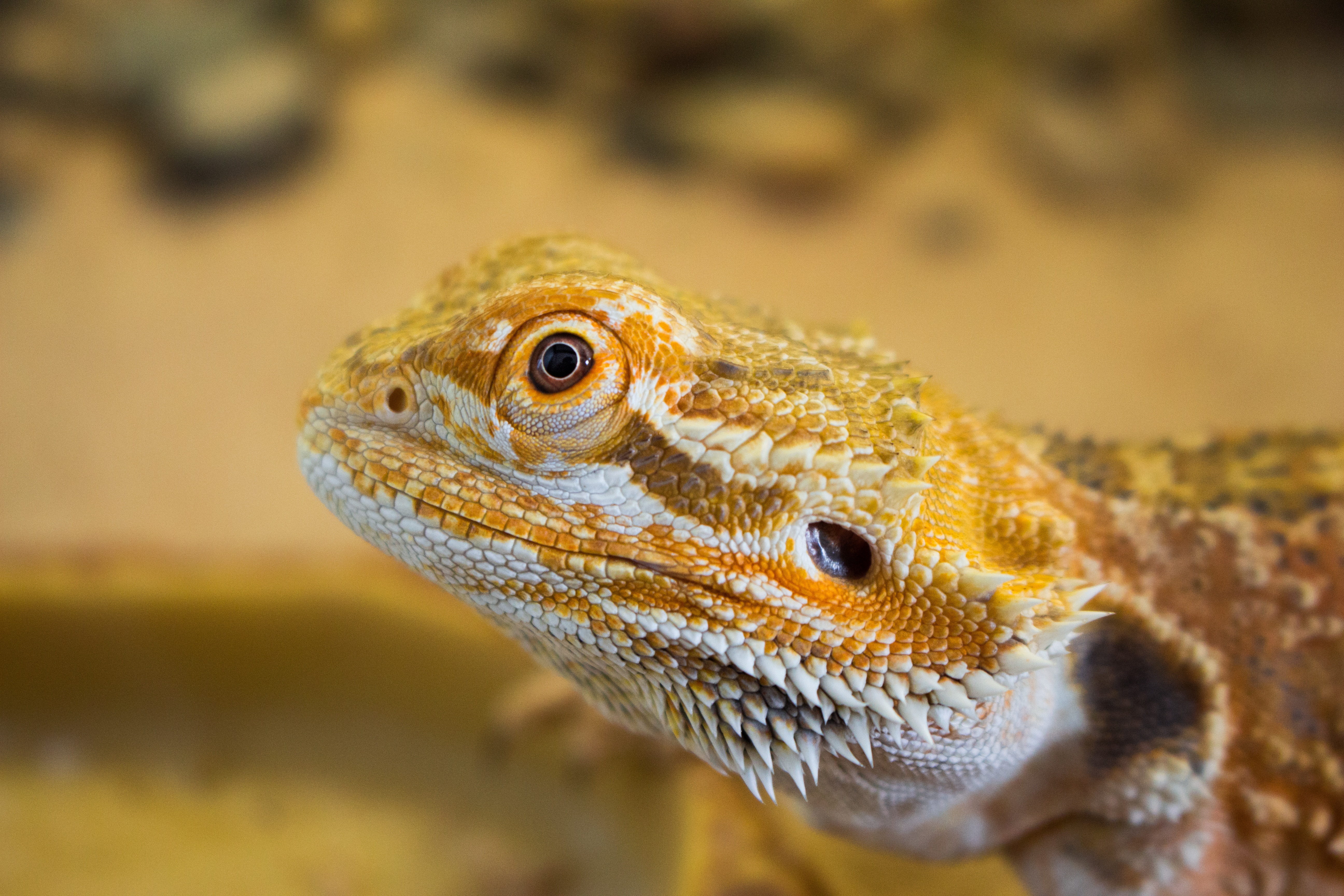Environment
a suitable living environment
Diet
a suitable diet
Behaviour
to be able to behave normally
Companionship
to have apporopriate companionship
Health
to be protected from pain, suffering
1
Environment
a suitable living environment
2
Diet
a suitable diet
3
Behaviour
to be able to behave normally
4
Companionship
to have apporopriate companionship
5
Health
to be protected from pain, suffering
An ideal backyard chicken's home should encompass three areas: House (or coop); an enclosed run; and free-ranging access. The House and enclosed run is the minimum requirement for happy and healthy hens and allows a secure and safe space for your hens to live.
1) House (or Coop): It should be a secure, warm, weather-proof and well ventilated structure. The house should be placed in a shaded area of your garden to make sure birds don’t overheat when inside. It should ideally be placed on an area of land that drains well. Wet ground can be a breeding ground for parasites and other agents of disease. Pools of water will also attract wild birds which could introduce disease into the flock. The hens should be secured in the house at night only to protect them from predators (e.g. foxes). The house should have enclosed nest boxes (minimum of 1 nest box per 2 hens) and perches for hens to roost on all at the same time. Flooring should be generously covered with dry material (e.g. woodshavings) and straw should be placed in the nest boxes only, to provide the opportunity for hens to nest build. Care should be taken to ensure birds do not develop respiratory irritation due to either wood shavings or straw. Straw should be changed regularly to avoid occurrence of aspergillosis which can pose a significant risk to good health. The house should be cleaned frequently and disinfected to control parasites (e.g. red mites can be an issue in particular) and all bedding and flooring regularly topped-up or replaced when needed.
2) Enclosed run: Chickens also need enough space to exercise, stretch their wings and carry out normal behaviours. The fully enclosed run (including a roof) should be secure and predator and pest proof and have direct access to and from the hen house, so hens can freely move between the two areas. The fencing should be fine chicken wire, which prevents predators (e.g. foxes, stoats) and pests (e.g. rodents) from entering and accessing food and water. The fencing should also prevent access to all wild birds (e.g. sparrows), so that you can keep your chickens safe from any diseases in the wild bird population. The Animal and Plant Health Agency (APHA) website (https://www.gov.uk/guidance/apha-alert-subscription-service) will advise if there are disease outbreaks and will sometimes issue housing orders to reduce the risks of disease spread. This will involve hens being shut in a secure run to limit contact with wildlife that may be carrying the disease. Some predators and pests will try to dig under the fence line and so it's often best to bury a portion of the fence line all the way round and apron it. Ideally, chickens should have access to fresh roaming areas regularly to avoid worm infestations or other disease-causing organisms that live on the ground from building up. If owners have a permanent house with a larger enclosed area/outdoor access, they might wish to consider fencing it into sections and rotating their chickens’ access to each area to help prevent worm infestations. Whichever option is used, owners should discuss a worming programme with their vet. Some owners might want to be able to move the house and run around their garden to prevent the ground getting overly worn, in this case, it's often handy to have an enclosed run, which includes a wired floor, so its fully secure and moveable, but in order for it be comfortable for your hens, you should thoroughly cover the wired floor with substrate (e.g. bark-chippings). The enclosed run size should ideally be 2m2 per hen (the minimum 1m2 per hen). The enclosed run should be on substrate (e.g. grass, bark chippings), allowing hens to forage and explore. The enclosed run should include a dustbathing area (e.g. plastic box containing dry soil or play sand), which allows a hen to sit down, stretch and roll about, keeping her feathers in good condition. To make the enclosed run a 3-dimensional space and enriching, you can add 1 or 2 secured branches for perching, making sure they are not placed too high, and chicken appropriate toys, but don’t overcrowd the space, as this could cause hens to incur injuries and also, the hens want plenty of space to move. Hens are a “prey species” which means they like to have hiding spaces and cover nearby, so overhead cover, such as chicken-safe small trees/bushes or small purpose-built shelters/platforms, will make your hens feel safe and encourage exploration. Food, grit and fresh water should be provided in the enclosed run, with access only limited overnight, when hens are put to bed in the House. Depending on the number of hens you have you should have one food and water station per 4-5 hens, in order to make sure all hens have access – whilst they like to do everything together it will also ensure that less-dominant birds are able to access the feeders and drinkers.
3) Free-range access and/or unsecured run (sometimes referred to as “outdoor access”): Free-ranging access provides hens with access to the rest of your garden (and beyond), allowing them to roam. An uncovered run can be a penned area within your garden, which restricts how far the birds can roam, but won’t have a roof or ground protection. Both can be a fantastic opportunity for hens to explore, however they can put them at risk (e.g. predators, pests, traffic if they escape, etc.). You also need to double check for any toxic plants which they may be able to access. Chickens are inquisitive and like to explore their environment by pecking at objects and scratching at the ground. Therefore, you may also need to consider how far your chickens might wander if they are completely free-range and the impacts they might have (e.g. a neighbour’s vegetable patch!). Free-range and/or unsecured run access should only be provided during daylight hours. Both should be seen as an extra to the essential house and enclosed run, and so for any reason where your hens might have to be restricted to the enclosed run and house only (e.g. prevent neighbour impact / disease management), all needs of your birds are met, so they have ample space and enrichment to be happy and healthy.
Chickens need constant access to clean and fresh water. Feed, suitable for their age and breed, should be provided in the enclosed run to give them a balanced diet. It remains illegal to feed catering waste, kitchen scraps, meat or meat products to farmed animals, including chickens kept as pets. This is to prevent the introduction and spread of potentially devastating notifiable animal diseases. If your hens are laying eggs they should be on “layer” pellets or mash, if they are pre-laying (called layer pullets) they should be on “pullet” pellets, mash or chick crumb. Chickens need insoluble grit to help digestion (e.g. hard flint grit). Oyster shell is a soluble grit which can provide extra calcium in the diet. Chickens can also be given treats like fresh green vegetables as well as seeds, corn and dried mealworms, but remember these are treats and so should be given little and often. Feeders should be placed inside the chicken house, rather than in the run, to prevent wild birds and rodents eating the food. This will help to maintain good hygiene and prevent disease from being introduced into the flock. There is guidance from the British Hen Welfare Trust on feeding hens available here.
Chickens are often misunderstood and perceived as simple “bird-brains”! However, a chicken’s brain (like all birds) is highly complex with impressive cognitive abilities, despite their small size. Chickens have been shown to be intelligent, they can even do basic maths (performing addition and subtraction of coloured objects)! Anyone who has spent time with chickens knows they are really chatty birds and science has documented over twenty different vocalisations they use to communicate. Like all animals, to be happy, they have behavioural desires and needs, which if they aren’t able to perform it can cause stress and suffering. Here are a few key behavioural needs chickens have:
- Birds flock together - chickens are highly social birds which are genetically wired to live in groups (known as flocks). They form strict hierarchies within their groups and perform several social facilitation behaviours (group preening, group feeding) which reinforce the group mentality and reduce aggression and stress of birds within the group. Chickens feel content and safe being in a group and even though they may occasionally have a squabble over something of value (e.g. food/treat), they need companionship. However, you do need to be careful when you introduce new individuals to each other for the first time and the there is some super information of how to introduce birds and maintain group social hierarchy from the British Hen Welfare Trust https://www.bhwt.org.uk/the-pecking-order/ In general, it is sensible to avoid mixing birds of different ages as older birds may pass disease to the younger birds. Similarly, avoid mixing birds from different sources or quarantine new birds before introducing them to an existing flock to prevent disease spreading to the new birds or vice versa. Ideally, different species of bird should be kept separated (e.g. ducks and geese should be kept separate from chickens) to avoid disease spread. During an outbreak of a disease such as avian influenza, the latter may become a legal requirement.
- Dust-bathing and preening - dustbathing is an important ritual that chickens perform to keep their feathers clean, absorb excess oil on the skin and to remove parasites (eg. mites and lice). The ritualised behaviour involves a chicken scratching and digging a shallow little hole in some substrate (e.g. soil or sand); once the hole is to satisfaction they will crouch down and roll and rub themselves into the substrate and use they legs, wings and beak to throw the substrate over themselves. Once they are suitably covered they will stand up and shake off any excess and go on to preen their feathers (using their beak to comb through their feathers). This behaviour is relaxing and highly desirable for the chickens and they often love performing it together and to make it even more special, they love performing it in sunny-spots.
- Nest-building - hens will regularly lay eggs once they are old enough and when they do, they want a safe, quiet, private and low-lit/dark area to do so in peace. All coops should contain nest boxes, which are big enough for a single hen to enter, turn around, stand-up and sit-down (rough guides are box dimensions of 12”x12”x12”). They should be quiet, clean and dry and most importantly contain some material which the hen can use and manipulate to build a nest as she chooses (e.g. pine shavings, straw, sawdust). The process of building her nest before she lays her eggs, is crucial to a happy hen.
- Foraging and exploring - a chicken’s beak is like our human hands. They use it to investigate, manipulate and explore their environment, for feeding and drinking and for self-care behaviours like preening. They even use it as a weapon when they are being aggressive to other animals or to tell off another chicken. Foraging, which is when a chicken walks around pecking and scratching at the environment around them, it's what they spend most of their day doing. In the wild, this is how they would find food, but they have a very strong desire to perform the behaviour, which means providing interesting and diverse habitats/environments for them to explore (e.g. bark-chippings, grass, soil etc.) is very important for happy and healthy birds. The more space you can give them the better keeping in mind their security and the impact on adjacent surroundings and neighbours!
- Cockerel aggression - if you decide to include a cockerel in your flock, you need to be aware of some of the nuisance behaviours they can perform (e.g. aggression, vocalisations). The role of cockerels is to guard his flock from predators, other males and to reproduce. Therefore often the behaviours deemed as nuisance or unsocial behaviours are genetically wired - he’s doing what he was born to do. Cockerels are territorial and can be quite domineering over their hens, which means sometimes humans can be the target of some of their aggressive behaviours, as well as other animals (e.g. other pets). A cockerel likes to let everyone nearby know that he is here, in charge and that this is his patch. He will regularly (and very loudly!) perform cock-a-doodle-doo calls. This means urban environments might not be suitable and in some cases local Council restrictions, by-laws, or housing deeds prevent the ownership of cockerels and even hens - always check!
Chickens need to live with at least two other chickens, the best mix is a trio or more hens or a cockerel with two or more hens. Ideally avoid mixing birds of different sizes to avoid bullying. Also, minimise disease introduction into a flock resulting from mixing of birds from different sources, age groups or of different species.
Chickens require regular worming – sometimes every three months, a weekly inspection for common mites and lice should also be carried out. Their housing should also be checked as some mites such as the red mite, live on the housing and not the birds so checking the housing at night for this common mite is advisable. Furthermore, there are other factors to consider such as how regularly the birds have access to fresh ground, and whether wild birds have access to the same ground as the chickens. Owners should speak with their local vet about creating a preventive health plan for their flock.
Chickens can sometimes have complications with producing eggs or problems with their crop, so it is wise to research into common health concerns and to become familiar with each hen’s egg-laying production and egg quality. Poorly hens will stop laying eggs or lay discoloured or odd shaped eggs with different shell qualities. Healthy birds are 'bright-eyed', alert and interested. Signs of poor health include hunched posture with a drooping tail, erect feathers, head tucked under the wing, reluctance to move, hiding in corners. Always contact a vet if you are concerned about the health and welfare of your chickens and find a vet who is regularly deals with backyard poultry for health check-ups.
Check before you buy
Research before you buy
Be sure you fully understand and appreciate the needs of the animals you are interested in, and will be able to afford to meet them for its lifetime. This includes costs such as housing and feed.
Please consider contacting your local animal rescue/rehoming centre
The following PAAG members rescue and rehome chickens: Wood Green, RSPCA, SSPCA and Raystede.
Ensure that the animal you are buying is healthy and free from signs of injury or disease
Hens can also be vaccinated against certain diseases and if they are this is a good sign of a reputable breeder. You should try to source birds vaccinated against common diseases such as infectious bronchitis.
Ensure you have the correct facilities to transport hens in an appropriate and safe manner i.e. a suitably sized pet carrier
Please check local Council restrictions, by-laws, or housing deeds that you are able to keep chickens (especially cockerels) in your garden
Common Scams
Always check a hen you intend to purchase prior to taking them home.
Healthy birds are 'bright-eyed', alert and interested. Signs of poor health include:
- Hunched posture
- Erect feathers
- Head tucked under the wing
- Reluctance to move
- Hiding in corners


